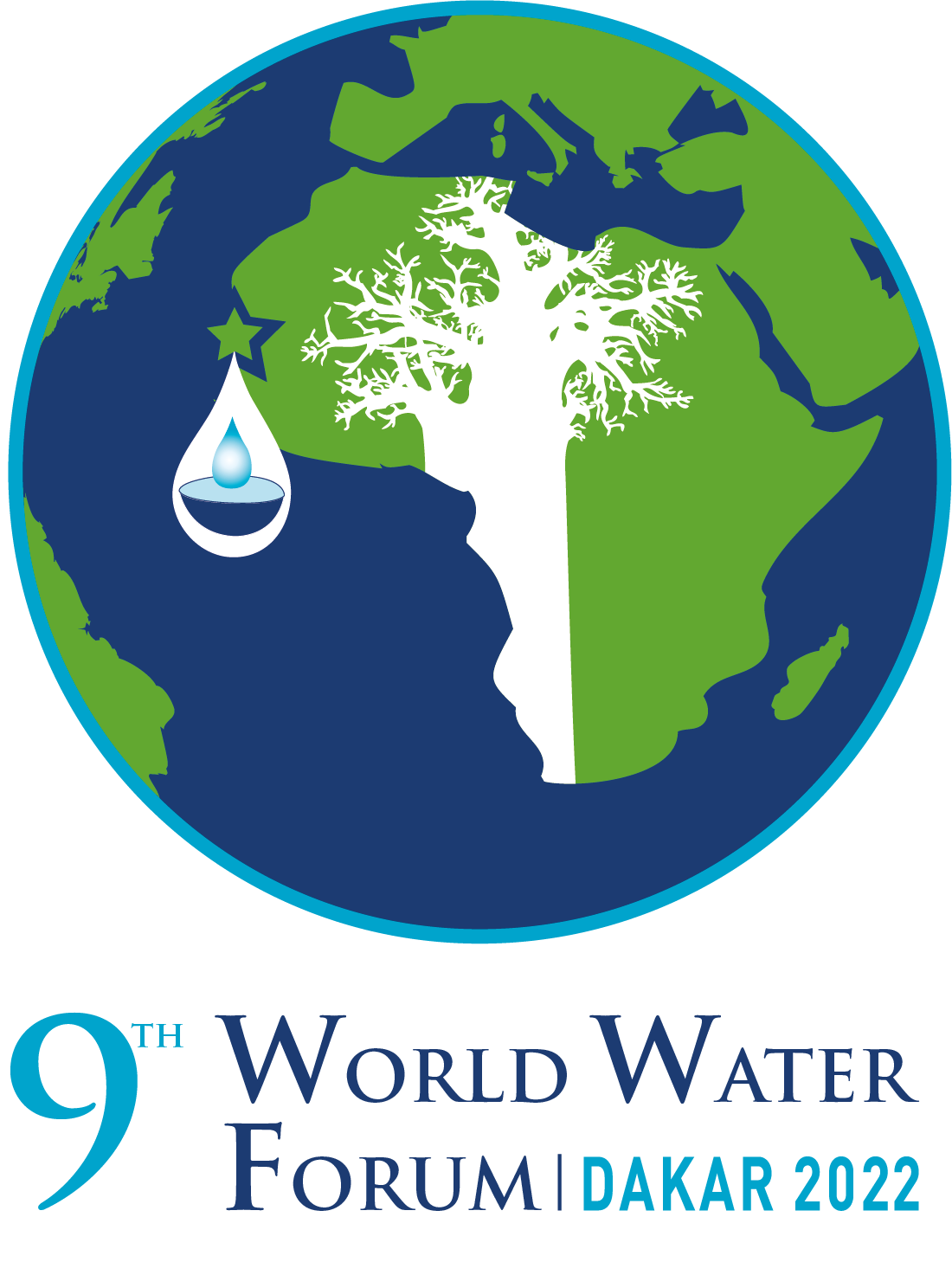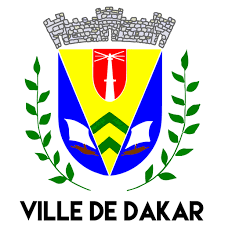A new approach for hydro- climatic risk management.
Floods and droughts are some of the most tangible and devastating consequences of the climate crisis. The World Bank, Deltares, and the World Meteorological Organization’s Associated Program for Flood Management (APFM) and Integrated Drought Management Program (IDMP) have teamed up to further explore and operationalize the potential of leveraging synergies in the management of floods and drought.




